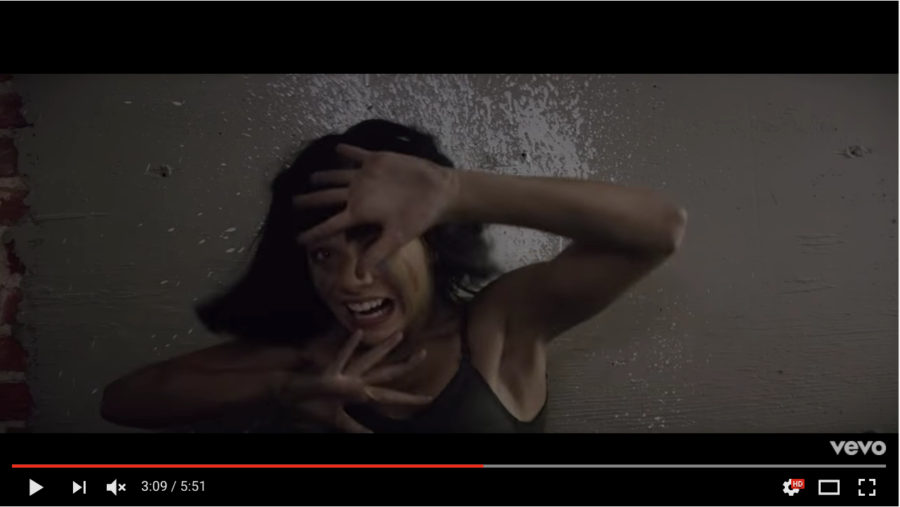When an artist puts out a trailer for a music video, you know it’s going to be landmark.
The first two times I watched “The Greatest” music video, I was captivated by the cinematography, color grading, and of course, the evolution of Ryan Heffington’s mesmerizing choreography. I wondered where they shot it (was this the same set as the “Chandelier” music video?) and wondered whether they had used a camera trick to accentuate the dancer’s jerky movements, or whether those movements were built into the dance. Everything was as artful, powerful, and unabashedly bold as I’ve come to expect from a Sia video, but seemed to have some underlying dark message that I wasn’t quite getting.

Then I read the comments.
I learned that the piece was a tribute to the horrifying Orlando massacre, the tragic assassination of 49 individuals at the Pulse nightclub in Florida on June 12, 2016.

Watching it again with this new lens was nearly an unbearable experience. The dark, sullen atmosphere, the piles of bodies rising up to dance, and falling again to a lifeless, yet still breathing pile at the end, and then Maddie Ziegler’s rainbow face paint, loneliness and tears.

The symbolism hit hard. I remembered a video of Sia singing “Titanium” live shortly after the Orlando shootings, where her voice cut out mid-way through the performance (“machine guns, fired at the ones who run…”). Her pain was palpable, she apologized to the crowd, in tears “I’m sorry– it made me really sad,” she said.

Sia belted through the final chorus with her classic crackling voice, through loud cheers of encouragement from the crowd. See the video below (2:30):



The shock of learning of “The Greatest” music video’s darker meaning reminded me of this painting by Vincent Van Gogh,

Which looks ordinary enough, maybe even peaceful, until you learn that it was the last painting he made before committing suicide.

Beyond the Orlando shooting, the video’s imagery stands as a universal reaction to violence. The piles of bodies are confronting, radical– in this article, they are called grotesque and inappropriate. But they are necessary to the message. Looking away doesn’t make death and evil disappear.
A pile of bodies in the name of terrorism, religion, money; it’s all the same. Death is universal. As the song’s triumphant hook beats forth, these 49 dancing, youthful, energetic people are shot down mercilessly, with all their greatness dying with them.


Here is the video. Judge for yourself: